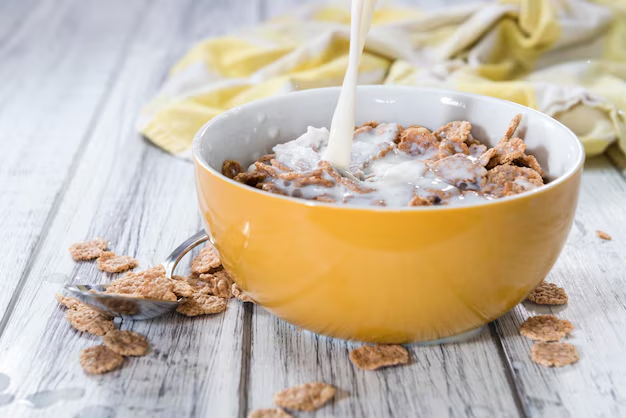Discover the Best Cereal Choices for Managing Diabetes
Living with diabetes means paying closer attention to your diet, especially when it comes to breakfast cereals, which can often be laden with hidden sugars and refined carbohydrates. Choosing the right cereal is crucial in maintaining stable blood sugar levels while still enjoying a nourishing start to your day. Here’s what you need to know about the best cereal options for diabetics and how financial assistance programs might support your health journey.
Why Choose the Right Cereal Matters
For people with diabetes, managing carbohydrate intake is key. Many conventional cereals cause blood sugar spikes due to their high glycemic index (GI). Opting for cereals with a low GI can help keep your blood sugar levels under control, offering a healthier start to the day.
Top Cereal Choices for Diabetes
Oatmeal: Oats are a classic choice due to their low GI. Rich in fibers known as beta-glucans, oatmeal can help improve insulin sensitivity and lower cholesterol levels. Go for steel-cut or old-fashioned oats rather than instant varieties to maximize the benefits.
Bran Cereals: High-fiber bran cereals like wheat bran or oat bran are excellent for maintaining steady blood sugar levels. Just be cautious of added sugars in some commercial brands.
Whole Grain Cereals: Look for 100% whole grain options, such as shredded wheat or whole grain barley. These offer more nutrients and fiber compared to refined cereal products.
Granola with No Added Sugar: Choose a granola that focuses on natural ingredients with no added sugars. Pair with yogurt or milk for a balanced, delicious meal.
Chia Seed or Flaxseed Mixes: These modern cereal alternatives are high in fiber and omega-3 fatty acids, which are known to help regulate blood sugar levels.
Tips for Selecting and Enjoying Cereal
- Read Labels: Look for cereals with 5 grams or more of fiber and less than 5 grams of sugar per serving.
- Measure Portions: Stick to recommended serving sizes to maintain portion control and avoid unnecessary spikes in blood sugar.
- Add Protein: Incorporate protein-rich sides like eggs or Greek yogurt to keep you full and satisfied longer.
Beyond Nutrition: Financial Assistance for Managing Diabetes
Living with diabetes can include costs beyond nutrition. Here are ways to find support:
- Government Programs: Explore resources like Medicaid or Medicare, which often cover diabetes education and supplies.
- Diabetic Supply Assistance: Some organizations provide free or discounted diabetic testing supplies and medications.
- Food Assistance: Look into the Supplemental Nutrition Assistance Program (SNAP) for help in purchasing diabetic-friendly foods.
- Community Health Centers: These centers can provide low-cost or free health services, including nutritional advice tailored for diabetes.
Supportive Resources to Explore
- 🩺 Medicare/Medicaid: Coverage for medical expenses related to diabetes care.
- 🍎 SNAP Benefits: Financial aid for food purchases.
- 📚 Diabetes Education Programs: Free or low-cost classes to help you manage your condition effectively.
- 💳 Diabetes Discount Cards: Save on prescriptions and supplies.
Choosing the right cereal not only helps maintain blood sugar levels but also contributes to your overall well-being. By exploring available financial resources, you can further ease the burden of managing diabetes, allowing you to focus more on leading a healthy, fulfilling life.
